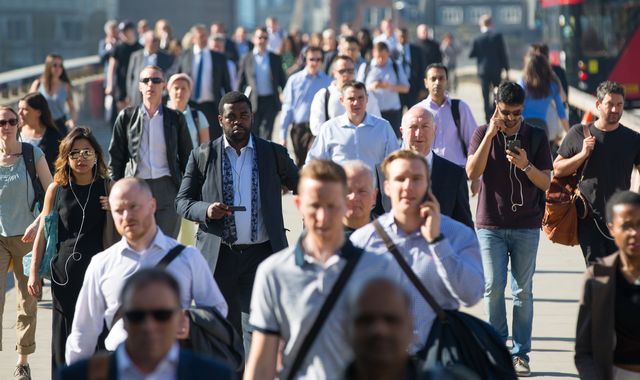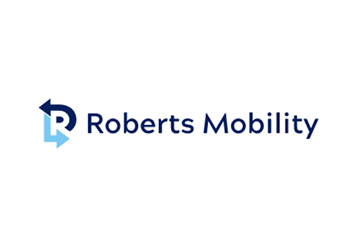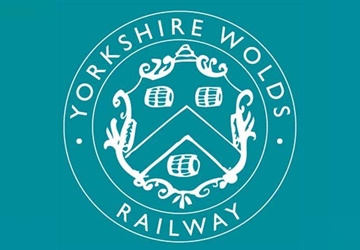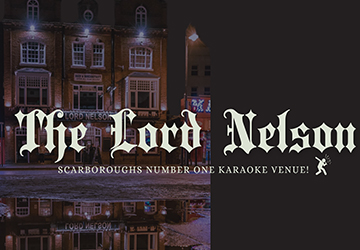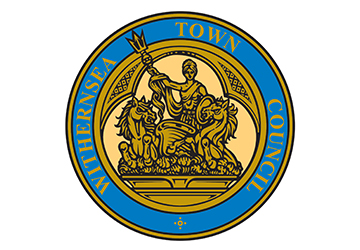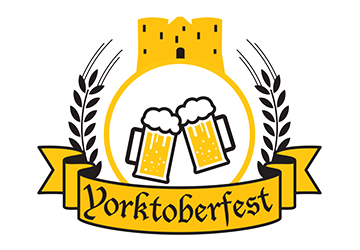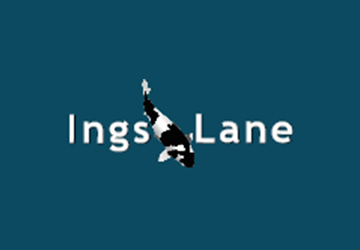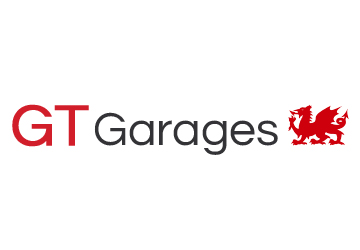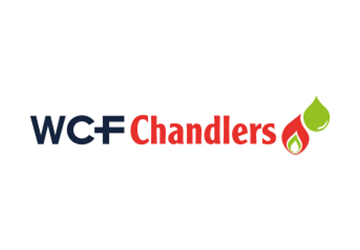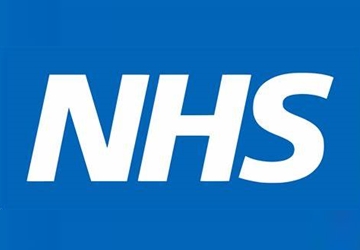It is the 39th consecutive period where vacancy numbers have dropped.
Having fewer job openings can mean it is harder to find work.
Money blog: Big retirement age surprise awaits 14% of Britons
There was also a surprise increase in the unemployment rate, up to 4.8% from 4.7% a month earlier, primarily driven by younger people, as a record number of people over 65 are in work, the Office for National Statistics (ONS) said.
Economists polled by Reuters anticipated no change in the jobless rate, but instead the figure is now the highest since the three months to May 2021, when the country was in lockdown due to the COVID-19 pandemic.
The ONS, however, has advised caution when interpreting changes in the monthly unemployment rate and job vacancy numbers due to concerns over the reliability of the figures.
The labour market has struggled in recent months as the cost of employing staff became more expensive due to higher employers’ national insurance contributions and an increased minimum wage.
Wage rises slowing
Further signs of a slowing labour market were seen in the fall of annual private sector wage growth to the lowest rate in nearly four years – 4.4%.
Public sector pay growth increased more quickly, at 6%, as some public sector pay rises were awarded earlier than they were last year.
Average weekly earnings rose more than expected by economists at 5% and also more than previously thought after a revision to last month’s figures (4.8%).
Also published by the ONS was data on industrial action, which showed August had the fewest working days lost to strike action in a single month for nearly six years.
What does it mean for interest rates?
While a tough job market is difficult for people looking for work, the slowing wage rises can mean interest rates are brought down.
Read more:
Got AirPods? There’s more to them than meets the eye and it may mean global trade war
Thousands of homes now need repairs after insulation fitted under government scheme
The rate-setters at the Bank of England had been concerned about the effect higher wages could have on inflation, which it is mandated to bring to 2% though latest figures showed it was at 3.8%.
Following today’s figures, traders expect a cut in the interest rate to 4.75% in December.
No change is anticipated at the next interest rate setter meeting in November.

